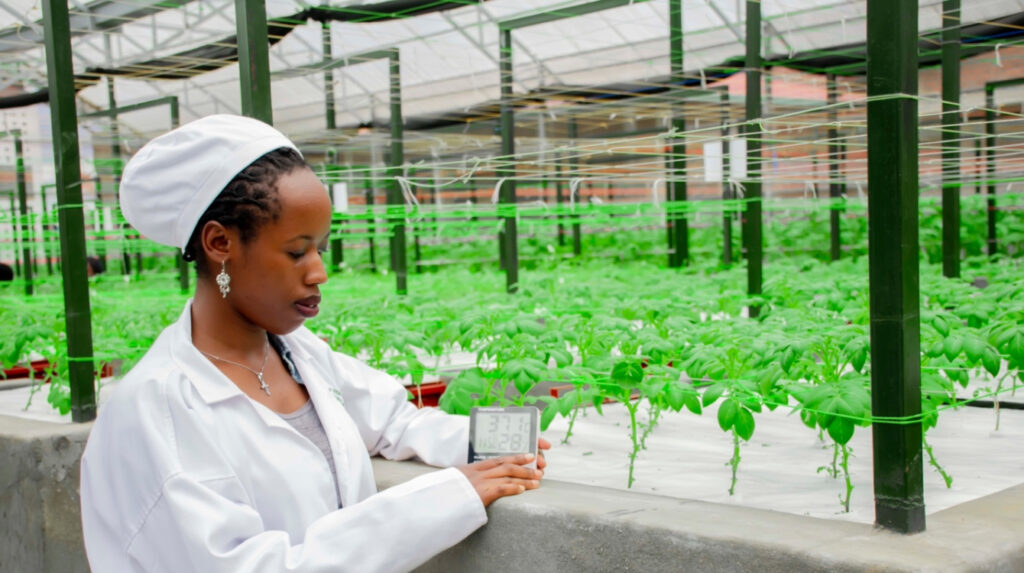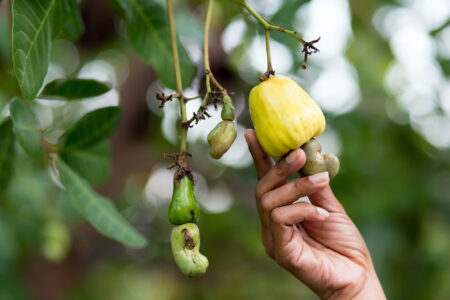- Addressing the pressing issues of chronic hunger FAO’s blueprint is projected to impact 600 million people by 2030.
- According to FAO, the roadmap envisions transforming agrifood systems from a net emitter to a carbon sink.
- It calls for alternative production methods, adjusted consumption patterns, refined forestry management, and innovative technologies such as carbon capture.
The United Nation’s Food and Agriculture Organization (FAO) has initiated the process for the development of a groundbreaking global roadmap aimed at eliminating hunger and all forms of malnutrition without exceeding the 1.5°C threshold set by the Paris Agreement.
The United Nations’ Food and Agriculture Organization (FAO) has embarked on a pioneering initiative to craft a global roadmap that holds the ambitious goal of eradicating hunger and all manifestations of malnutrition while adhering to the 1.5°C threshold outlined in the Paris Agreement.
“FAO’s Global Roadmap for SDG2 and 1.5°C underscores the importance of climate financing for agrifood systems transformation to achieve good food for all, today and tomorrow”, said FAO Director-General QU Dongyu.
FAO unveils Global Roadmap for SDG2 and 1.5°C
“FAO is committed to supporting countries in translating the Emirates Declaration on Sustainable Agriculture, Resilient Food System, and Climate Action into full implementation by scaling up agrifood system solutions guided by the new FAO Roadmap launched today,” representing FAO Director-General, Chief Economist Máximo Torero told ministers.
This effort underscores the urgency of addressing food security within the context of climate change, recognizing that the impacts of rising temperatures pose significant threats to agricultural systems and subsequently jeopardize the availability and accessibility of nutritious food for communities worldwide.
The FAO’s commitment emphasizes the interconnectedness of food security and environmental sustainability, highlighting the need for comprehensive and forward-thinking solutions to ensure a nourished and resilient global population.
Unveiled at the ongoing Climate Conference (COP28) in Dubai, the Global Roadmap for Achieving Sustainable Development Goal 2 (SDG2) without Breaching the 1.5°C Threshold charts a course over the next three years.
Addressing the pressing issues of chronic hunger, projected to impact 600 million people by 2030, and the intensifying global climate crisis, the roadmap sets forth a comprehensive strategy across ten distinct domains of action.
State of hunger in Africa
The blueprint by FAO comes just days after UN agencies revealed that hunger in Africa is deepening with an estimated one billion people in the continent unable to afford a healthy diet. Painting a grim picture for the continent, the Africa Regional Overview of Food Security and Nutrition – Statistics and Trends 2023 report notes that a total of 282 million people in Africa, roughly 20 percent of the population, including millions of children, are undernourished. Sadly, this number reflects an increase of 57 million people since the onset of the COVID-19 pandemic.
“After a long period of improvement between 2000 and 2010, hunger has worsened substantially and most of this deterioration occurred between 2019 and 2022” during the pandemic, the report said.
Overall, the continent is confronting an unprecedented food crisis, according to the report launched this week by the Food and Agriculture Organization of the United Nations (FAO), the African Union Commission (AUC), the UN Economic Commission for Africa (ECA), and the World Food Programme (WFP) notes.
Relationship between food production and environment
Its release marks a critical moment, challenging prevailing assumptions about the relationship between increased food production and environmental degradation.
At the heart of the roadmap is a call for a transformative shift in agrifood systems, rejecting the notion that heightened production must come at the cost of escalating emissions. Instead, the strategy underscores the potential within agrifood systems to optimize production efficiency while aligning with critical climate objectives, such as mitigation, adaptation, and resilience.
By addressing the nexus of food security and climate change, the roadmap outlines a pathway that acknowledges the urgency of transforming global agrifood systems to meet the demands of a growing population in a sustainable and climate-conscious manner.
The roadmap identifies 120 specific actions and key milestones across 10 domains, each informed by evidence amassed by the FAO over several years. These domains encompass a wide spectrum, ranging from clean energy and crops to food loss and waste, with an emphasis on inclusive policies and data as overarching systemic enablers.
By advocating for a holistic and evidence-based approach, the Global Roadmap for SDG2 sets the stage for a collaborative and forward-looking effort to address the intertwined challenges of hunger and climate change on a global scale.
On the emissions front, it aims to reduce agrifood systems’ methane emissions by 25 per cent by 2030 relative to 2020, achieve carbon neutrality by 2035, and transform them into a carbon sink by 2050, capturing 1.5 gigatons of greenhouse gas emissions annually.
Read also: Africa’s food crisis deepens as one billion people unable to afford healthy diet
Interconnected nature of food, health and sustainable growth
In its pursuit of global food and nutrition goals, the Global Roadmap for SDG2 envisions a transformative shift in ensuring food security and healthy diets for all. With a targeted timeline to eradicate chronic undernourishment by 2030 and facilitate universal access to nutritious diets by 2050, the roadmap recognizes the interconnected nature of food systems, health outcomes, and sustainable development.
An integral aspect of this vision is the commitment to halving per capita global food waste by 2030, aligning with sustainability principles by addressing inefficiencies in the food supply chain. Furthermore, the roadmap advocates for the updating of Food-based dietary guidelines (FBSG) by individual countries, ensuring that these guidelines provide context-specific, quantitative recommendations on dietary patterns.
By setting these milestones, the roadmap establishes a clear trajectory for improving global food and nutrition outcomes while fostering a harmonious relationship between human health and environmental sustainability.
Crucially, the roadmap underscores the symbiotic synergy between the transformation of agrifood systems and climate actions. It articulates a compelling narrative of these two realms working in tandem, highlighting the interconnectedness of agricultural practices, food production, and climate change.
Recognizing the financial implications of such a transformative agenda, the roadmap calls for the mobilization of climate finance to facilitate the effective implementation of these strategies. This signals a pragmatic understanding of the challenges associated with comprehensive agrifood system transformation and climate action, reinforcing the roadmap’s commitment to translating its vision into tangible and impactful change on a global scale.
Transforming agrifood systems into carbon sinks
According to FAO, the roadmap envisions transforming agrifood systems from a net emitter to a carbon sink. It calls for alternative production methods, adjusted consumption patterns, refined forestry management, and innovative technologies such as carbon capture.
In its plea for worldwide resource optimization extending beyond mere crop production, the Global Roadmap for SDG2 offers a forward-thinking approach by emphasizing the need to rebalance consumption patterns and promote universally accessible healthy diets.
The blueprint asserts the importance of tailoring strategies to specific contexts and populations. By discouraging a one-size-fits-all mentality, the plan reflects a nuanced understanding of the diverse socio-cultural, economic, and environmental factors influencing global food systems.
It champions adaptability as a key tenet, underscoring that successful transformation requires strategies attuned to the unique challenges and opportunities presented by each region.
Over the next three years, FAO says it will undergo fine-tuning and elaboration, with COP29 focusing on regional adaptation and financial options, and COP30 delineating specific investment and policy packages at the country level.
This phased approach promises practical implementation of the roadmap’s goals, ensuring a robust and well-informed strategy that accommodates the diverse needs and circumstances of nations around the world.
Representing the FAO Director-General, Chief Economist Máximo Torero presented the roadmap at a COP28 Ministerial Event dedicated to supporting the recently launched Emirates Declaration on agriculture, food, and climate action, which has now been endorsed by over 150 countries.











